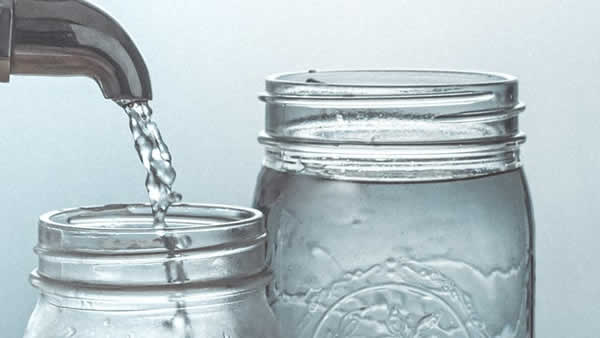Experts from the national and other environmental groups work together to ensure that water supplied to homes meets the standard of the federal Safe Drinking Water Act. Although the government regulates your water, it doesn’t mean that it is safe scientifically. Ensure the water you use at home is safe.
Water is a significant cause of sickness in America. It is known that the water that is supplied to various homes is got from either surface water (from the lake or river), groundwater (from an aquifer), or private wells. This means there should be that water can not be free of contamination.
With all the measures taken by the government, water sources are still subject to contamination. Also, your plumbing system is another way your water can be contaminated because Lead (Plumbum) can pass through it. There are measures to take to ensure that you are safe with the water you consume in your home. These measures below will help you keep your water in the best state.

Filtration
There are different ways to filter and keep your water safe. Filters that meet NSF/ANSI standard 58 can reduce metallic materials in your water. In case you have chemical elements in your plumbing system. They make filters in varying shapes and sizes to help you get rid of impurities, depending on the quality of water. For instance, in Minnesota, water used by most homes is primarily from underground. And that is a good reason why water treatment is essential there.
If you are considering getting some filters, don’t hesitate. They are not expensive and are simple to use. Although, they can only filter a limited amount at once. There is point of entry filters, which are installed directly in the water and filter all the water in the house. They are not expensive and require a professional to install. These filters remove sediments and rust and can last for a long time.
And there are plumbed-in filters, which are installed in the water pipe. You can plumb them into the existing sink or require drilling a hole in the countertop or dispensing water through a separate tap. They are mostly called under-sink filters because we fix them under the sink. They are suitable for filtering large quantities of water.
Boiling
Boiling your water is the easiest and most reliable method of getting rid of contaminants. According to The Center for Disease and Prevention, water should be at a full rolling boil for 1 minute and (3 minutes at elevations above 6,500 feet).
Boiling water can kill microorganisms like viruses, bacteria or protozoa, and other pathogens. The high water temperature kills the germs, which damages structural components and disrupts other life processes.
Water boils at different temperatures under different conditions. According to the World Health Organization, a water temperature of about 158 °F (70 °C) will kill 99.999% of bacteria, protozoa, and viruses in less than one minute.
Boiling is best described as pasteurization because the process kills all the organisms that can be harmful to humans.

Distillation
It is a scientific fact that water has a lower boiling point than other elements that could cause disease found in water. Distillation has proven to be an effective measure to eliminate water illness-causing microbes. This method purifies water by using heat.
Water is exposed to heat and left to continue boiling after it reaches its boiling point. The water vaporizes. The vapor is directed to a condenser to cool. After cooling, the steam reverses to pure and safe water. And they leave substances that have a higher boiling point in the container.
Distillation is effective in removing bacteria, viruses, including heavy materials such as Lead and arsenic. This method is excellent for untreated water. However, it is a slow process but cost-effective for a small quantity of water.
Ultraviolet Purification
Ultraviolet water purification is an effective natural process to disinfect your water. Ultraviolet purification is a simple and environmentally friendly means of treating the water supply to your entire home. The process destroys harmful pathogens without changing the taste or giving it an odor.
Ultraviolet rays penetrate and eliminate bacteria, viruses, or cysts in water without introducing chemicals. Hence, it does not leave any bye product in your water. It does this by attacking their DNA and making them unable to reproduce.
To destroy contaminants such as chlorine or heavy metals, you can pair the method with other forms of filtration, like reverse osmosis systems, for a complete purification process. This method is cost-effective and can purify large amounts of water.
That said, it is a matter of fact that the quality of water you drink can determine your family’s state of health. Therefore, ensure to run a contamination test on your water, so you will find out and know the best ways to make the water in your household clean and safe.
